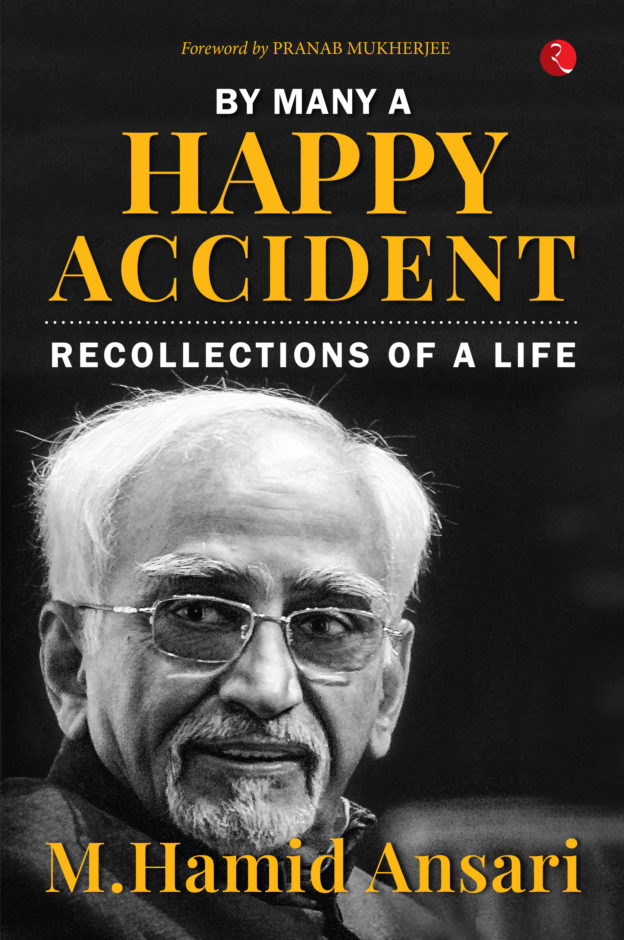Fundamentals of Nuclear Physics: From Nuclear Structure to Cosmology
no information available
Nuclear physics is the field of physics that studies the building blocks and interactions of atomic nuclei. Nuclear power and nuclear bombs are the most commonly known applications of nuclear physics but the research field is also the basis for a far wider range of less common applications.
Particle physics is the study of the basic elements of matter and the forces acting among them. It aims to determine the fundamental laws that control the make-up of matter and the physical universe.
Fission of radioactive elements was already well established in the early part of the century and activation by neutrons to generate more unstable isotopes was investigated before fission of natural isotopes was seen. The inverse process fusion was understood somewhat later and Niels Bohr developed a model describing the nucleus as a fluid drop. This model-the collective model was further developed by his son Aage Bohr and Ben Mottelson.
This book provides a clear concise and up to date overview of the atomic nucleus and the theories that seek to explain it. Bringing together a systematic explanation of hadrons nuclei and stars the text provides the core material needed by graduate and advanced undergraduate students of physics to acquire a solid understanding of nuclear and particle science.
... Read more Read less










